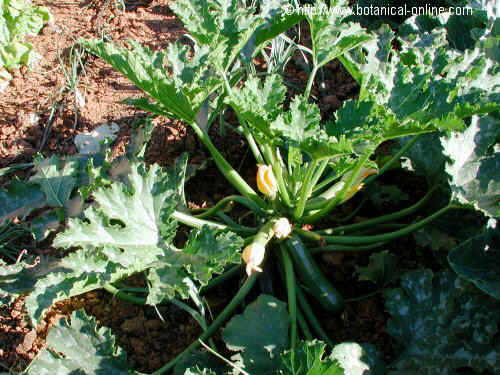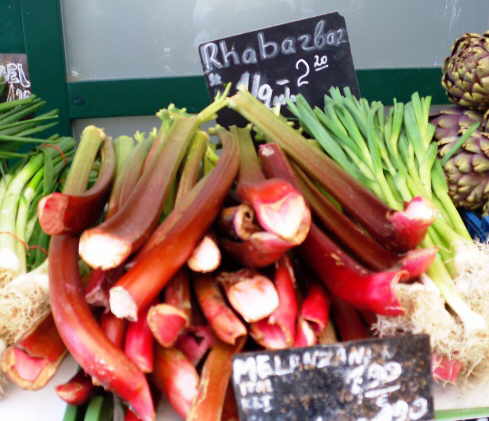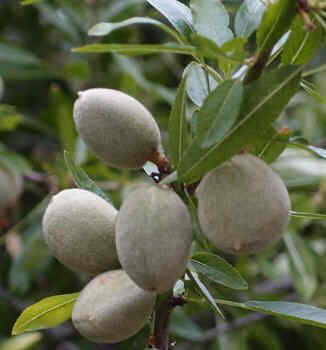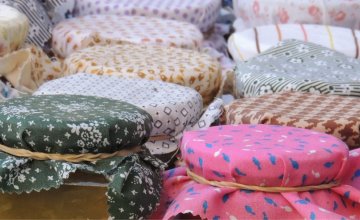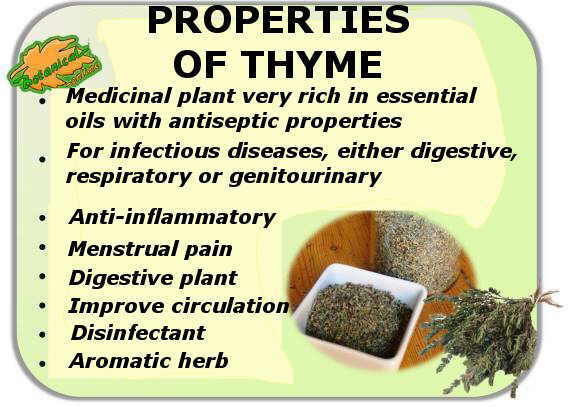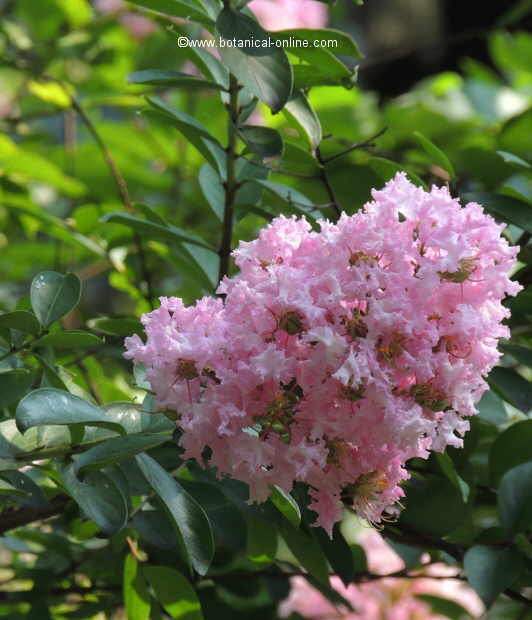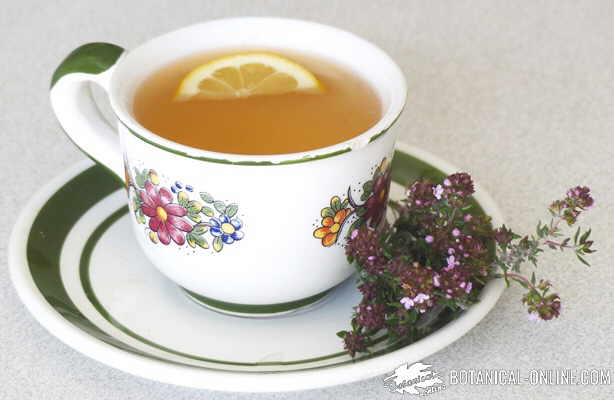Contents
Risks of taking purslane
What is purslane and what side effects can it have?
Purslane (Portulaca oleracea L.) is an edible wild plant of the Portulacaceae family, which is consumed in food and as a medicinal plant, with diuretic, emollient, anti-inflammatory, antigastritic and laxative properties.
Side effects of eating purslane
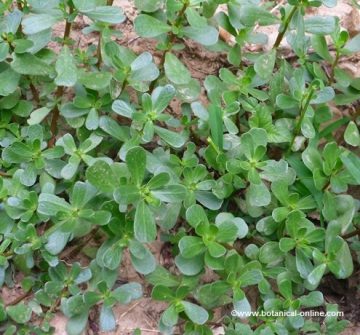
In general, there are no adverse effects from the consumption of purslane, since it is an edible and safe food for health.
Among the side effects that the consumption of this plant can have we can mention:
- Contact dermatitis with the fresh plant, in individuals with hypersensitivity.
- Increased diuresis: the plant has diuretic properties. This effect is probably due to its alkaloid and potassium content.
- Slightly laxative effect due to its fiber and malic acid content.
Poisoning due to consumption of wild plants
In some countries, purslane can be bought in markets and supermarkets, while in many others, its consumption has been relegated to domestic use, as an edible wild plant, since it is not cultivated for sale.
Consuming wild plants has some benefits, but also some risks. It is recommended that purslane be grown in the garden itself, since the wild collection of these herbs has more risks, since the plants can be contaminated by pesticides, grazing or domestic animals, etc.
*More information: How to collect wild plants
Adverse effects from the consumption of oxalates
Purslane is a plant that has a high content of oxalates (9%), components that can have unwanted effects. On the one hand, oxalates have slightly irritating properties of the digestive tract, when consumed in very high quantities. For this reason, it should not be taken in excess, especially in case of heartburn, gastritis, stomach ulcer and duodenal ulcer, since oxalic acid is irritating to the digestive mucous membranes and can cause pain.
On the other hand, these components are “mineral thieves“: they prevent the assimilation of calcium, iron and other minerals. In addition, oxalates can contribute to the formation of kidney stones in those who are prone to them.
Is spinach bad because it contains oxalates?
However, it is not harmful to eat foods with oxalates, since the body can eliminate them perfectly. Oxalates are eliminated during boiling, and are neutralized if they are combined with foods rich in calcium (cheese, yogurt in the same meal). Therefore, it is most likely that purslane does not pose any nutritional or health problems in complete diets or in people without a history of kidney stones.
The oxalate content of purslane is similar to the oxalate content of spinach or Swiss chard, two plants that also contain a lot of oxalates.
*More information: Edible properties of purslane
Purslane in pregnancy and lactation
The safety of the plant during pregnancy and lactation is not known. In principle, the use of edible wild plants (purslane that have not been grown in the garden itself) is not recommended due to the risk of contamination. In addition, the plant contains alkaloids that, as a precaution, it is recommended not to ingest during these stages.
Caution is recommended regarding its use, and consult with the physician in case of observing adverse effects.
*More information: Plants and pregnancy
![]() More information on purslane
More information on purslane

